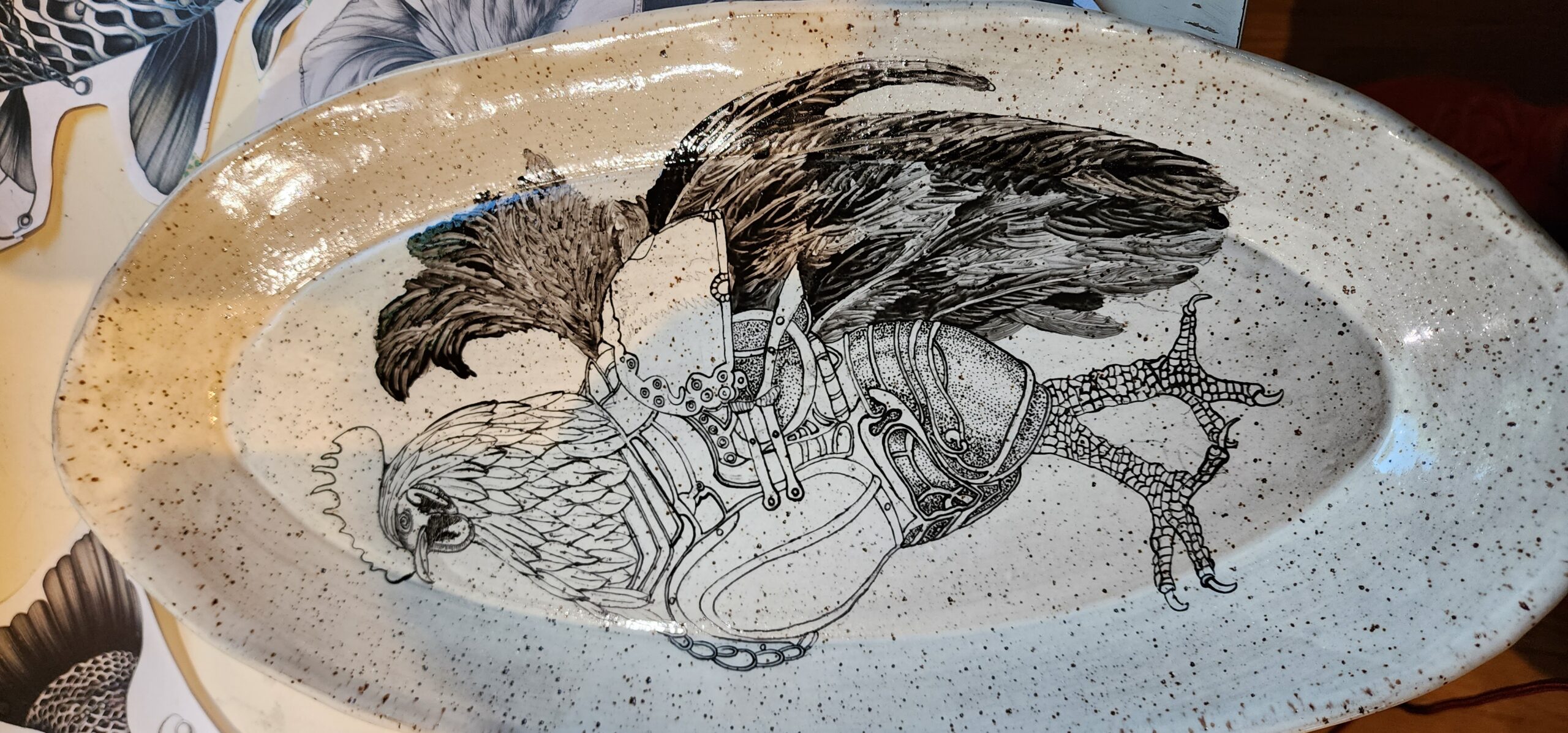
Introduction
China painting, a venerable art form that has flourished across cultures and epochs, stands as a testament to the human capacity to transform the ordinary into the extraordinary. This delicate technique, which involves hand-painting intricate designs on porcelain surfaces, marries technical skill with boundless creativity. Rooted in both cultural traditions and artistic evolution, china painting embodies a timeless journey that interweaves history, aesthetics, and individual expression.
Historical Origins
The origins of china painting can be traced back to ancient civilizations where artisans adorned pottery with intricate motifs and designs. However, the term “china painting” as we know it today primarily refers to the European tradition that gained prominence in the 18th and 19th centuries. It was during this period that the delicate and translucent qualities of porcelain captured the imagination of artists and collectors alike.
Technique and Skill
China painting demands a meticulous approach and an intimate understanding of both materials and techniques. The artist must navigate the intricacies of various pigments, glazes, and firing temperatures to ensure the fusion of colors and patterns into the porcelain surface. The process requires steady hands, keen attention to detail, and a deep appreciation for the fusion of artistry and chemistry. The subtleties of brush strokes and the mastery of layering colors contribute to the unique vibrancy and depth that characterize china painting.
Creative Expression
At the heart of china painting lies creative expression. Artists harness their imagination to breathe life into porcelain canvases, utilizing a myriad of themes and styles. From intricate floral patterns to landscapes, from mythological narratives to abstract concepts, china painting encapsulates an expansive realm of artistic possibilities. Each piece becomes a tableau, capturing a moment of the artist’s inspiration and intention within the porcelain’s delicate embrace.
Cultural Context
China painting not only reflects the artistic sensibilities of the artist but also the cultural milieu from which they draw inspiration. The motifs, symbols, and themes often bear cultural significance, bridging the gap between artistic creativity and heritage. Whether it’s the delicate elegance of traditional Chinese designs, the Rococo exuberance of European porcelain, or the fusion of cultures in contemporary pieces, china painting serves as a canvas for cultural dialogues and exchanges.
Legacy and Modern Relevance
While china painting flourished during the Victorian era, it retains its relevance in modern times. The advent of new techniques, materials, and global perspectives has revitalized this art form. Artists today are not confined to traditional motifs; they explore abstract concepts, experiment with mixed media, and even challenge the boundaries between functional ceramics and fine art. The resonance of china painting lies in its ability to adapt, evolve, and inspire across generations.
Conclusion
China painting, with its intricate technique and boundless creative possibilities, occupies a cherished space in the world of art. Its delicate fusion of technical mastery and imaginative brilliance speaks to the enduring power of human expression. As artists continue to unveil the enchanting stories hidden within porcelain canvases, the art of china painting maintains its status as a timeless testament to the harmonious marriage of tradition and innovation, imagination and craftsmanship.
